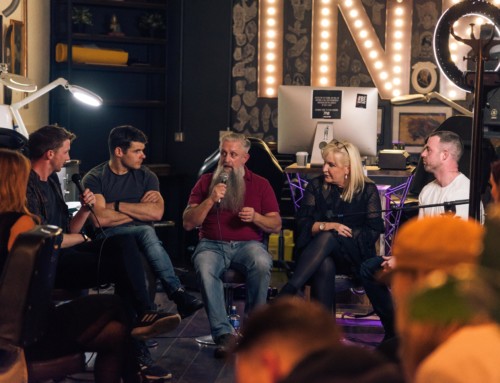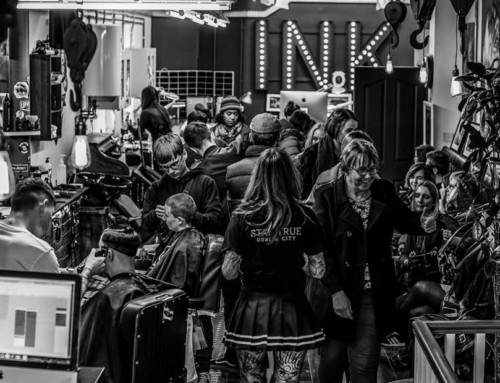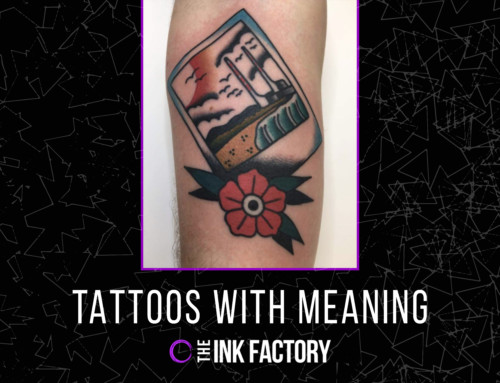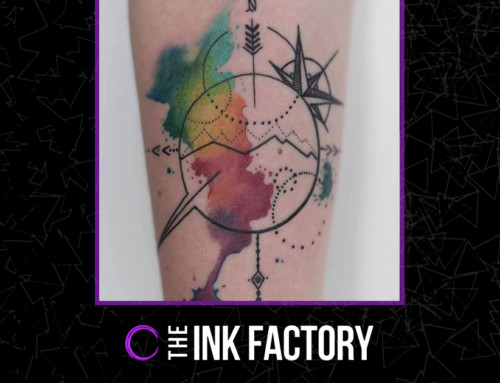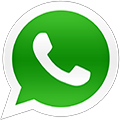The history of tattooing is gaining more and more interest as the culture continues to grow rapidly. As pioneering figures over the course tattooing culture receive their fair dues, one man – an Irishman at that – has perhaps yet to be appropriately celebrated.
The modern tattooing needle as we know it began with the work of one Samuel O’Reilly. Stories vary about his origin, with some accounts stating he arrived in the States in 1875 and others arguing he was born in Connecticut to Irish parents. Either way, it’s established that he learned the craft of tattooing while serving in the Navy. Later, working out of his own studio in Chatham Square in New York’s infamous Bowery district, O’Reilly invented the reciprocating electromotored tattoo machine – not just a mouthful to pronounce but an essential piece of machinery in the rise of tattooing culture seen in modern times.
Having previously experimented with adapting dental pluggers to pierce and ink the skin, O’Reilly started to develop variations of Thomas Edison’s electric stencil pen (Edison’s invention surprisingly turned out to be a flop itself). His work paid off, and on December 8, 1891 he O’Reilly was granted patent No. 464, 801 – the first electric tattoo needle.
Referencing the basic functionality of Edison’s invention, which used electromagnetic coils to punch precise holes in paper, O’Reilly strengthened the device for more demanding use, added an ink reservoir, and fittings for multiple needles. A battery-powered electric motor moved the needle in and out of the skin at a rate of up to 50 punctures per second, leaving a tiny drop of ink beneath the top of the skin each time. Before O’Reilly’s innovation tattoo artists had to work by hand, punching into the skin in rapid strokes in what was a long and difficult process. This allowed for just three strokes per second and had to be done in a rhythmic motion, involving a huge degree of skill which insured only the most experienced and focused tattoo artists at the time could perform impressive ink work.
O Reilly’s needle, with 50 perforations per second, essentially made the job of the tattoo artist multiple times easier to do, as well as increasing the potential quality of designs by permitting much greater precision. For contrast, nowadays needles can do up to 3000 perforations per minute
O’Reilly was also a natural showman, a rockstar figure on the New York subcultural scene, and successfully publicised his new invention to the point where all tattoo artists worth their salt were attempting to cash in on or better his product. Like many inventions, there was both an atmosphere of intense experimentation and envy among those who didn’t manage to get their nose over the line first. O Reilly’s patience grew thin and in 1900 he brought a case against Elmer E. Getchel, a former friend and colleague who had been marketing knock off versions of O Reilly’s needle, in a disagreement that went all the way to federal court. The battle was gleefully picked up by major press organisations. The New York Times ran a February 1990 article titled “Tattoo Artists at War” which gave the lowdown on the battle between these personalities.
The result? Ambiguous. The case was dropped without being settled after a year of proceedings.
Subsequent developments were a little less rocky. O’Reilly’s needle was modified and honed by an apprentice of O Reilly’s, Charlie Wagner, who got a patent for his device in 1904. Wagner would go on to become an iconic figure in tattooing, far outstripping his mentor’s level of prominence.
In the end, O’Reilly was to meet his maker before due time. He died after a fall while painting his house in 1909 and is buried in Brooklyn.
Before Colin Farrell was swanning around the Playboy mansion, before Sinead O’Connor was ripping up pictures of the pope in front of millions, before Phil Lynnot was bossing it on stage with pyrotechnics, we had a badass Irishman to beat the ages in dear Samuel.

